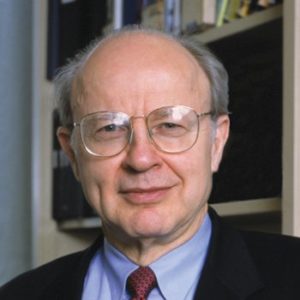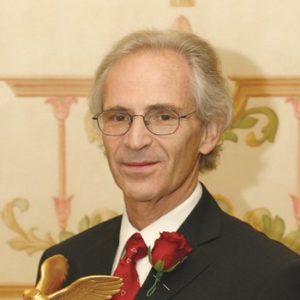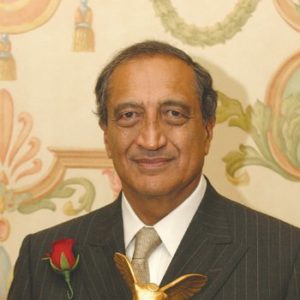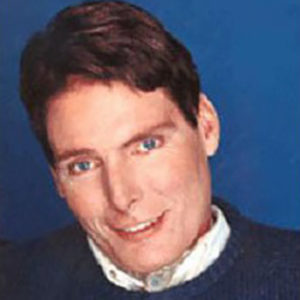Opening remarks by Joseph Goldstein
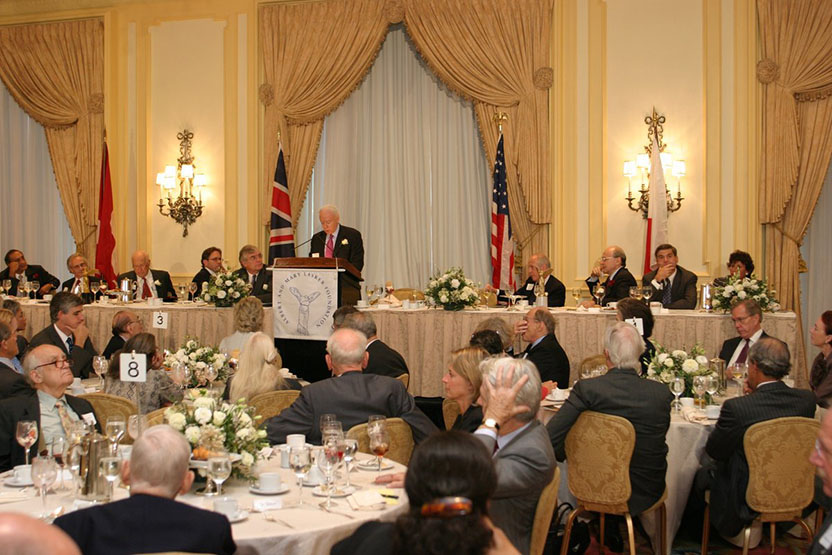
It’s a grand year for celebrating science
An expanded version of these remarks originally appeared in Nature Medicine.
Few scientific events have been celebrated so grandiosely as this year’s 50th anniversary of the discovery of the chemical structure of DNA. The centerpiece of Watson and Crick’s one-page Nature paper, published on April 25, 1953, was a picture of a model of the double helix that was beautiful, revealing, and tantalizing in its implications for biology and medicine. This is all old history that everyone knows.
But what everyone may not remember is that several months after Nature published the Watson and Crick model of DNA, Playboy magazine appeared on the newsstands for the first time in November 1953. This maiden issue of Playboy featured in its centerfold a picture of a biological structure that was just as beautiful, revealing, and tantalizing as the Watson-Crick structure of DNA—a voluptuous Marilyn Monroe curled up in a helical position just like DNA, albeit left-handed DNA. One wonders whether Hugh Hefner and his photographers had seen the April issue of Nature!
Medical Research Awards Jury
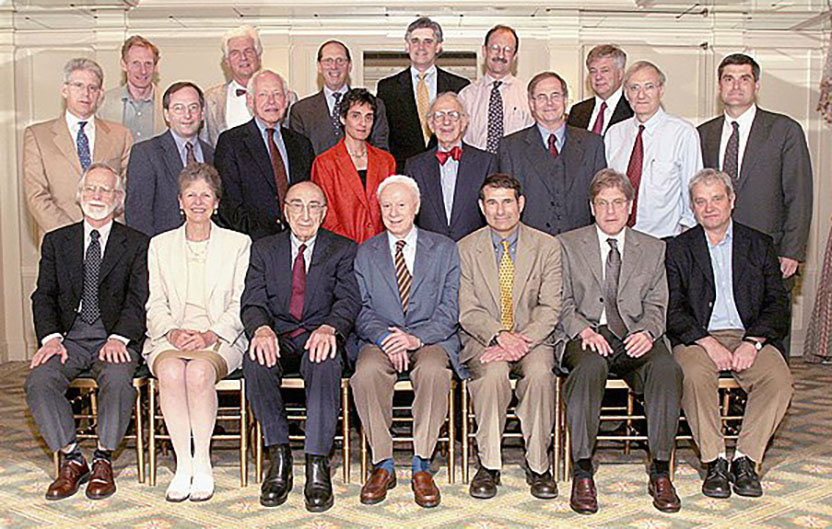
2003 Lasker Medical Research Awards Jury
Seated, left to right: J. Michael Bishop, University of California School of Medicine ● Joan Steitz, Yale University ● Michael DeBakey, Chair Emeritus of the Jury, Baylor College of Medicine ● Joseph Goldstein, Chair of the Jury, University of Texas Southwestern Medical Center ● Thomas Stossel, Brigham & Women’s Hospital ● Charles Sherr, St. Jude Children’s Research Hospital ● Paul Nurse, Cancer Research UK
Middle Row, left to right: Thomas Maniatis, Harvard University ● Michael Welsh, University of Iowa ● Leon Rosenberg, Princeton University ● Carla Shatz, Harvard Medical School ● Eric Kandel, Columbia University ● Gregory Petsko, Brandeis University ● Martin Raff, MRC Laboratory for Molecular Cell Biology ● Craig Thompson, University of Pennsylvania Cancer Center
Third Row, left to right: Kim Nasmyth, Research Institute of Molecular Pathology ● Günter Blobel, The Rockefeller University ● William Paul, National Institutes of Health ● Bruce Stillman, Cold Spring Harbor Laboratory ● Harold Varmus, Memorial Sloan-Kettering Cancer Center ● Michael Brown, University of Texas Southwestern Medical Center
Not pictured: John Dowling, Harvard University ● Alfred Gilman, University of Texas Southwestern Medical Center ● Stuart Kornfeld, Washington University School of Medicine
Public Service Award Jury
Daniel Koshland, Jr., Chair of the Selection Committee, University of California, Berkeley ● Bruce Alberts, National Academy of Sciences ● Mrs. William McCormick Blair, Jr., Lasker Foundation Board of Directors (Non-Voting Member of the Selection Committee) ● Robin Chandler Duke, Population Action International ● Harvey Fineberg, Institute of Medicine, National Academy of Sciences ● John Edward Porter, Hogan & Hartson ● Alfred Sommer, School of Hygiene and Public Health, The Johns Hopkins University
